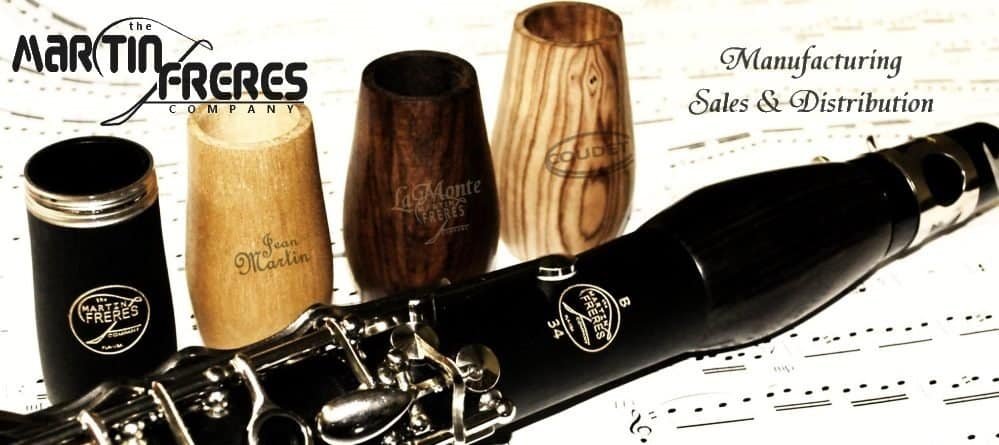When appraising a clarinet, the Martin Freres Company experts consider the following:
- Current condition; Is the clarinet playable? Does it need to be reconditioned? Are there any scratches, cracks, leaks, missing components?
- Popularity and market acceptance of the model at its initial release;
- Where the piece was made; The French pieces tend to have a higher value, for example, than do the clarinets manufactured elsewhere;
- Current demand versus supply affects the clarinet value;
- How well has the clarinet been preserved, stored and/or maintained over the years of its existence?
- Even if the clarinet is currently in good, playable condition, did the piece require significant repairs such as cracks, misaligned posts, replacement keys, at any time in its history?
- Is the clarinet all original? Meaning: Is the bell original? Is the barrel original? Are the keys the original keys installed by its clarinet-maker? Do the serial numbers on the upper and lower joints match? Is the mouthpiece a Martin Freres? Is the ligature a Martin Freres? Originality of the clarinet certainly affect its value;
- Which of the various Martin Freres maker’s stamps (logos) was used on the clarinet?
- Actual recent sales.
Description for the Condition of a Clarinet
- Used Parts Only to Poor Condition – Not playable; Needs Major Work
- Used Fair to Good Playable Condition – Playable with minor issues, may have repaired cracks, may have metal-plating loss, fair pads, fair cork, fair springs.
- Used Very Good Playable Condition – Playable with no issues, may have repaired cracks, may have minor metal-plating loss, good pads, good cork, good springs.
- Used Excellent Playable Condition – No visible scratches, No cracks or pins, No metal-plating loss; must have new pads, new cork, good springs
